When to use telehealth

As a Kaiser Permanente member, you have access to a wide variety of virtual care options. And when you choose telehealth, you’ll get the same high-quality care you’d get from an in-person visit.
But how do you know when you can use virtual care? Or the best type of telehealth for your needs? While some services can’t be done over the phone or on a computer, you might be surprised by how many can.
From prescriptions to 24/7 virtual care, let’s look at what you can do using telehealth — and how to use it to get the care you need.
Routine care
Treating expected care needs and catching problems before you get sick are important parts of staying healthy. That’s where scheduled routine care, like preventive screenings and annual checkups, come in.
If you can’t visit your doctor in person, telehealth can help you get many scheduled routine care services throughout your care journey.
You can often use telehealth to:
- Have regular checkups for an ongoing condition or regular visits with your doctor.
- Receive follow-up care after a procedure so a doctor can see how you’re feeling and adjust your treatment plan.
- Get medication prescribed by a doctor or request refills.
Your best telehealth options1

Phone appointment

Video visit

E-visit

Care from a specialist
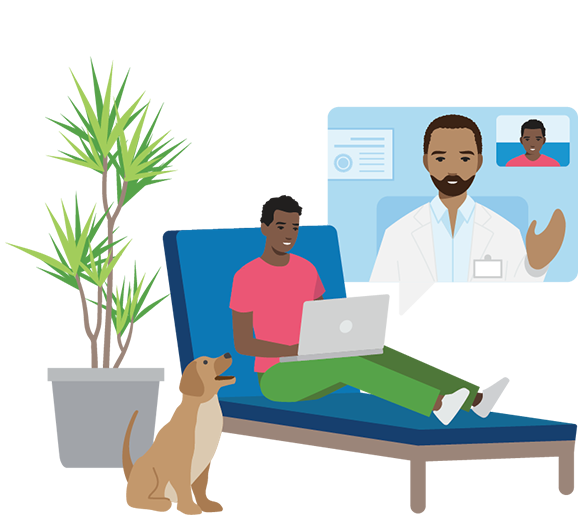
Specialty care services, like pediatrics, dermatology, and physical therapy, are also available with telehealth. You can see a specialist for the first time (with a referral if one’s needed), follow up on a past diagnosis, request prescriptions to manage an ongoing condition, and more — without having to go to the doctor's office every time.
Plus, because everyone on your Kaiser Permanente care team is connected through your electronic health record, specialists can consult with you and your doctor remotely during your other scheduled appointments to help make decisions and recommend treatment.
Your best telehealth options1

Phone appointment

Video visit

E-visit
Sudden health issues
Your best telehealth options1

24/7 virtual care

24/7 advice

E-visit
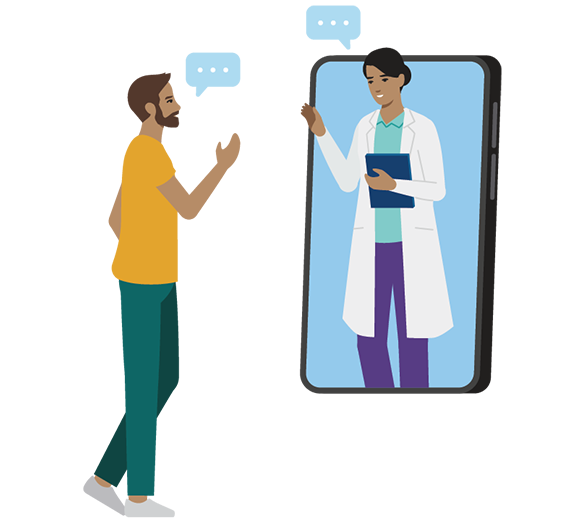

Don’t use telehealth for urgent or emergency care
If you’re having a medical or mental health emergency, call 911 or go to the nearest emergency room.2 If you have a care need that isn’t an emergency but requires prompt medical attention, go to urgent care.3
Health questions or advice
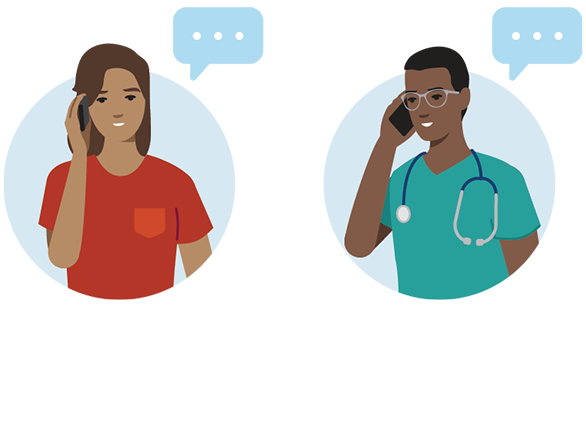
Your best telehealth options

24/7 advice

Email
Remote patient monitoring
Your best virtual care options

Blood pressure monitor

Weight scale

Blood sugar (glucose) monitor
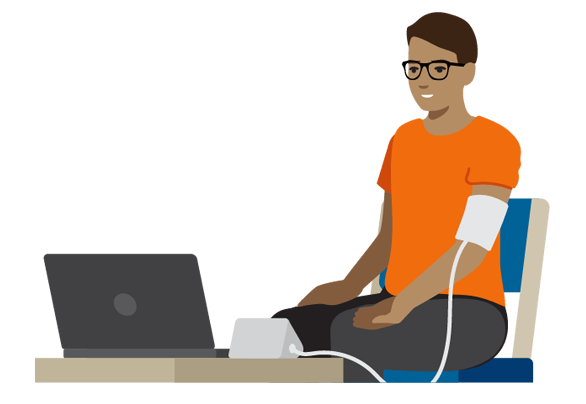
Refill a prescription

Your best virtual care options

Mobile device or computer
View your medical records
Your best virtual care options

Mobile device or computer
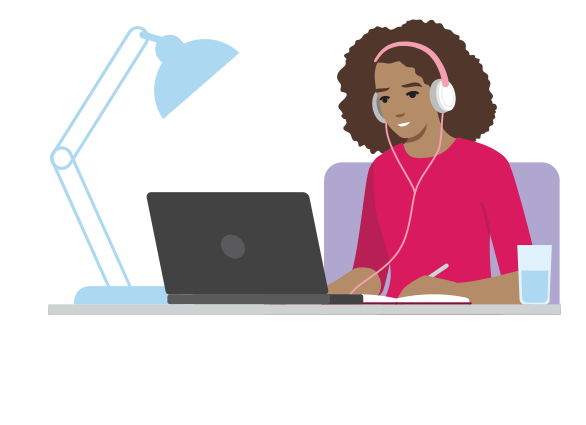
Manage your health
The Kaiser Permanente app and kp.org can help you stay on top of your health between appointments, connect directly with your care team, and more. No matter how you get care — or who provides it — your medical history is online at your fingertips.
- Email your doctor’s office with nonurgent health questions.
- Schedule routine appointments.
- View your medical history, including most lab results, allergies and immunizations, and past visit information.
- Fill or refill most prescriptions.
- Pay bills.
- Connect to video visits.
More ways to get care
Depending on where you live, you might have even more ways to get care with telehealth. Learn more at kp.org/getcare.
1When appropriate and available. If you travel out of state, phone appointments and video visits may not be available in select states due to licensing laws. Laws differ by state.
2If you believe you have an emergency medical condition, call 911 or go to the nearest hospital. For the complete definition of an emergency medical condition, please refer to your Evidence of Coverage or other coverage documents.
3An urgent care need is one that requires prompt medical attention, usually within 24 or 48 hours, but is not an emergency medical condition. These can include minor injuries, backaches, earaches, sore throats, coughs, upper-respiratory symptoms, and frequent urination or a burning sensation when urinating.


